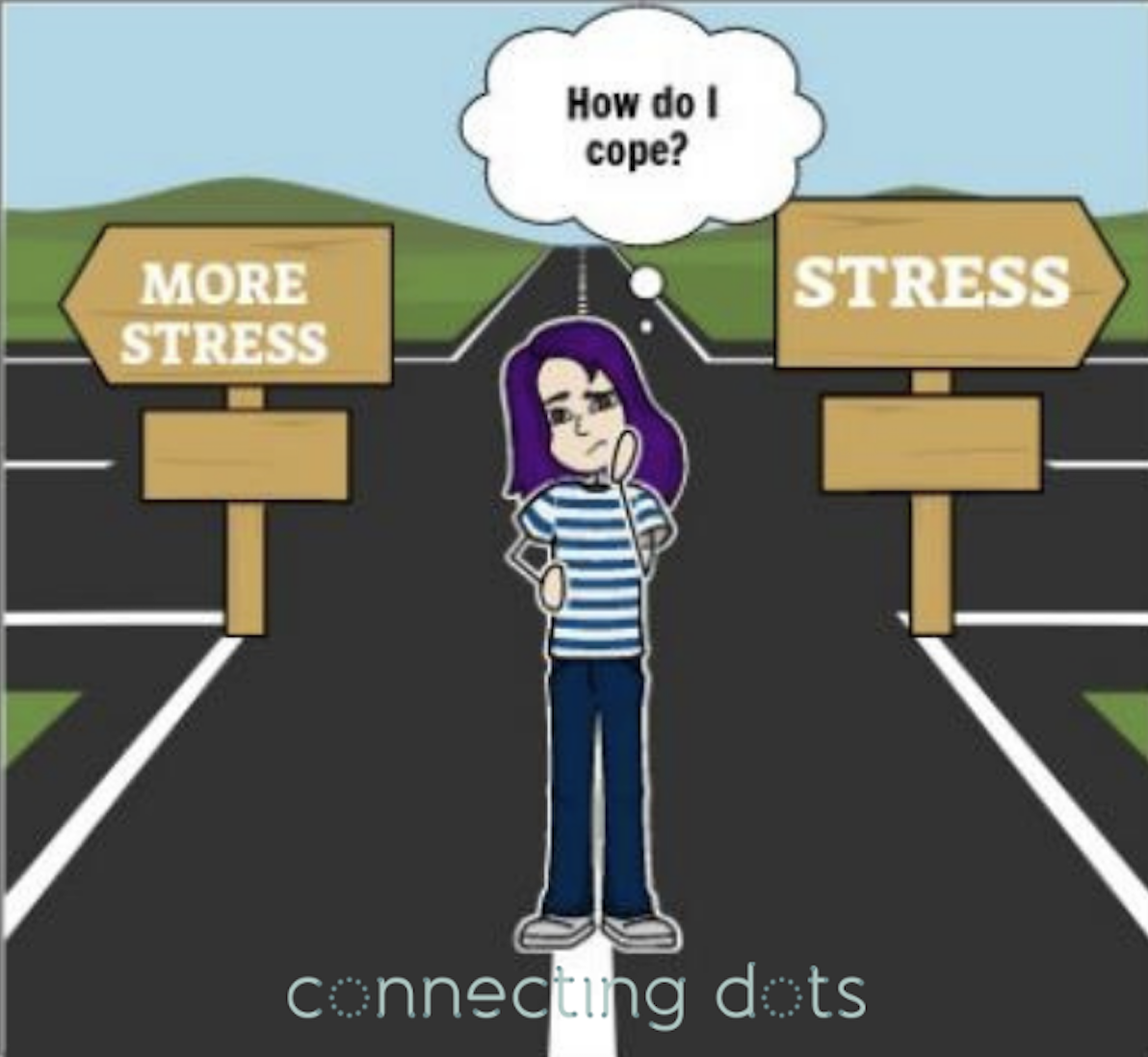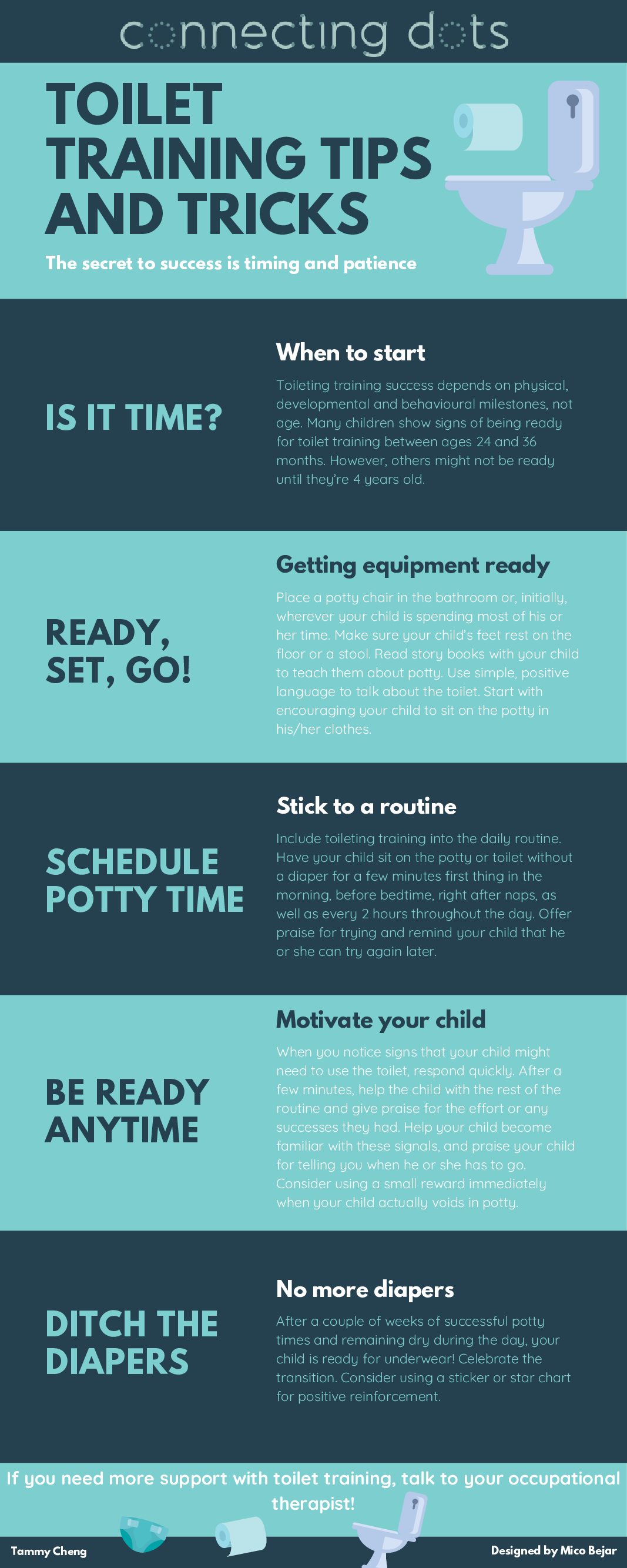Coping Through Covid
 How are you doing? Really, how are YOU doing? In asking other people how they are doing, I have generally heard the answer, “good,” and then a pause, followed by a “well….” and we jump into a list of things that including “excesses” and “deficits,” otherwise known as “mores” and “less thans.” More tantrums, crying, frustration, screen time, online burnout…more overall stress. And then the deficits. Lower motivation, less time and space to exercise, outdoor time (so cold lately), missing connection with friends and family, less energy to meet life’s demands.
How are you doing? Really, how are YOU doing? In asking other people how they are doing, I have generally heard the answer, “good,” and then a pause, followed by a “well….” and we jump into a list of things that including “excesses” and “deficits,” otherwise known as “mores” and “less thans.” More tantrums, crying, frustration, screen time, online burnout…more overall stress. And then the deficits. Lower motivation, less time and space to exercise, outdoor time (so cold lately), missing connection with friends and family, less energy to meet life’s demands.
Most people I have talked to are having a tough time. But how do you know if you are coping or not? What is coping? What does it look like for you?
So, the first question, are you coping or not and how do you know? I’ve heard a good phrase recently; A problem is not a problem until it becomes a problem. Can you get out of bed? Can you make it to the shower? Are you getting to work? Can you meet your daily life’s demands? The American Psychological Association defines coping as the use of strategies (thinking/cognitive or behavioral) to manage the demands of the situation, when such demands exceed our own personal resources; or how we reduce the impact of stress. So, what we do to make things more manageable when we feel, well, “zoomed out.”
How do you cope? I can tell you how I cope. The most important thing for me (and the hardest, of course) is setting boundaries, saying ‘no,’ and not doing too much.’ As much as I’d like to connect with everyone on Zoom, I often get ‘zoomed-out.’ As hard as it is to say no to these (sometimes) it is nice to just sit and be. But then I know the importance of connection and how that can fuel me and my overall motivation to get things done in life. Again, balance is hard, but I’m trying (as I know you are too!). There are other ways to cope. This can include a conscious approach to problem-solving, a thought process when meeting a stressful situation, or how you try to modify your reaction to a situation.
I wish I could tell you the best way to cope, or how to cope with Covid, but please know you’re not alone out there. Think about it, how do you cope? Are you coping? And if not, please reach out to your Connecting Dots team. We’re here to help you figure out the best way for you and your family to cope through Covid. And I say “through” because we ARE going to get to the other side of this. xo
For more information on coping: https://dictionary.apa.org/coping
Physical Activity can be Fun!
By: Lisa Montgomery
Physical Activity is very beneficial for both children and adults. Regardless of whether a child has a disability or not the benefits of physical activity are very important.
In Canada, many sport facilities and Sport Groups follow the Long Term Athlete Development Model. This model starts with Awareness and First Involvement to Learn to Train on the child side. From Learn to Train it goes through to Train to Win or Active For Life. It is very important that children are exposed to movement fundamentals so they themselves can have a desire to learn more and progress through the stages. For more information on the Long Term Athlete Development Model please go to: https://sportforlife.ca/long-term-development/
Benefits of Physical Activity For Children Include:
- develop cardiovascular fitness, strength, flexibility, and bone density
- maintain a healthy body weight
- reduce the risk of chronic disease and health problems
- lessen the likelihood of tobacco, alcohol, and drug use
- feel better every day, through improved mental health and well-being
The recommendation is 60 minutes physical activity per day. This is something that can be broken down into smaller increments. I often hear parents saying…I just don’t know what to do. Some excellent websites include:
- Youtube has many great resources such as Cosmic Yoga, Paw Patrol exercise and many others. By googling physical activity or songs with “activity” you will come up with many ideas.
- Squish The Fish (yoga 15 min) – https://youtu.be/LhYtcadR9nw
- Nick Jr. Characters (yoga 8 min)- https://youtu.be/vpUqY2bCcxk
- Nick Jr. Freeze Dance (3 min) – https://youtu.be/SnU6YUhSQdg
- Pinterest also has many games that be incorporated into activity. For example, snakes and ladders but with yoga moves, or action words, or other physical activity movements
- Make dice with movement – https://www.pinterest.ca/pin/12103492736362383/
- Spell your name- https://www.pinterest.ca/pin/406872147590724328/
- Simon Says Examples: https://www.pinterest.ca/pin/33495590967819376/
- You can use a deck of cards and make queens one thing, hearts another, etc… it really is up to your imagination as to what you can do
- One example can modify – https://www.pinterest.ca/pin/240379698849607295/
- Going for a walk through the house or outside and playing I spy, or making a scavenger hunt can make a walk long way.
- Going on a bear hunt…. https://youtu.be/5_ShP3fiEhU
- Use the above song but change the words to whichever activity/feeling you’d like to use
Toilet Training Tips and Tricks
By Tammy Cheng
Toilet training involves many steps (discussing, undressing, going, wiping, dressing, flushing, hand washing) and it is a big skill to learn for a child. The secret to success is timing and patience.
Is it time?
Toileting training success depends on physical, developmental and behavioural milestones, not age. Many children show signs of being ready for toilet training between ages 24 and 36 months. However, others might not be ready until they’re 4 years old. Here are some questions you can ask yourself to see if your child is ready:
- Can your child stay dry for up to two hours?
- Does your child seem uncomfortable with soiled or wet diapers?
- Can your child communicate when he or she needs to go?
- Can your child understand and follow basic directions?
- Can your child walk to and sit on a toilet for a few minutes?
- Does your child have regular and predictable bowel movements?
- Can your child pull down his or her pants and pull them up again?
- Does your child seem interested in using the toilet or ask to wear grown-up underwear?
If you answered mostly no, you might want to wait. If you answered mostly yes, your child might be ready.
Ready, set, go!
When it’s time to begin potty training, follow these steps:
- Get the equipment ready.Place a potty chair in the bathroom or, initially, wherever your child is spending most of his or her time. Make sure your child’s feet rest on the floor or a stool. Read story books with your child to teach them about potty. Use simple, positive language to talk about the toilet. Start with encouraging your child to sit on the potty in his/her clothes.
- Schedule potty time.Include toileting training into the daily routine. Have your child sit on the potty or toilet without a diaper for a few minutes first thing in the morning, before bedtime, right after naps, as well as every 2 hours throughout the day. Allow your child to get up if he or she wants. Offer praise for trying and remind your child that he or she can try again later. To maintain consistency, bring the potty chair with you when you’re away from home with your child (i.e. camping, road trip).
- Be ready any time!Keep your child in loose, easy-to-remove clothing. When you notice signs that your child might need to use the toilet (i.e. “pee dance”, squatting or holding the genital area), respond quickly. Stop what you child is doing, take him/her to the bathroom, help him/her undress, and sit on potty. Try not to push for immediate results. After a few minutes, help the child with the rest of the routine and give praise for the effort or any successes they had. Help your child become familiar with these signals, and praise your child for telling you when he or she has to go. Consider using a small reward immediately when your child actually voids in potty. It is more effective when your child is intrinsically motivated.
- Ditch the diapers.After a couple of weeks of successful potty times and remaining dry during the day, your child is ready for underwear! Celebrate the transition. Consider using a sticker or star chart for positive reinforcement.
Night-time training
Nap and night-time training typically take longer to achieve. It depends heavily on body functions, and it usually comes naturally as the child gets used to controlling the bladder throughout the day. Most children can stay dry at night between ages 5 and 7. In the meantime, use disposable training pants and waterproof mattress protector when your child sleeps.
Other tips:
- If your child resists using the potty chair or toilet or isn’t getting the hang of it within a few weeks, take a break. Chances are he or she isn’t ready yet. Try again in a few months.
- Accident happens. Never punish or shame your child for accidents. Stay calm, clean and change your child immediately. Be positive and reassuring that they will be successful.
- Never force your child to sit on the toilet against their will or for long periods of time if they do not want to. This could set up a power struggle and negative feeling towards toileting training.
- Plan toilet training for when you or a caregiver can devote the time and energy to be consistent on a daily basis for a few months.
- For boys, it’s often best to master urination sitting down, and then move to standing up after bowel training is complete.
- Toilet training may best be accomplished by starting at home first, and then at child care.
When to seek help
If you have questions about potty training or your child is having difficulties, talk to your child’s doctor or Occupational Therapist. He or she can give you guidance and check to see if there’s an underlying problem!



